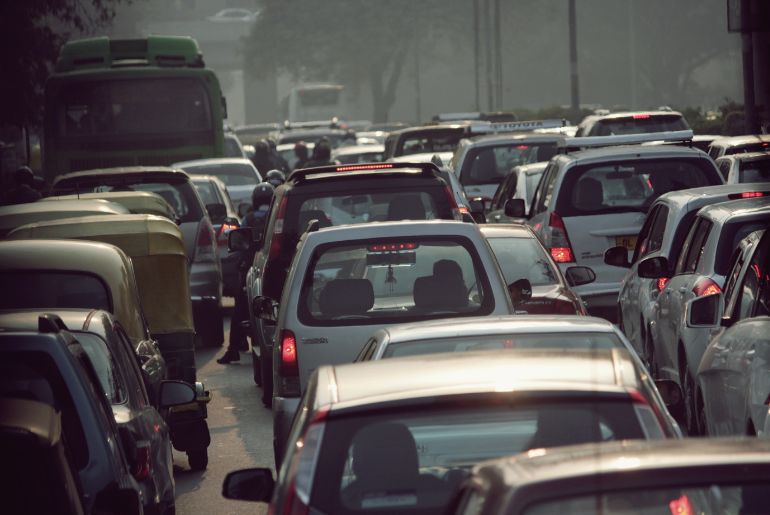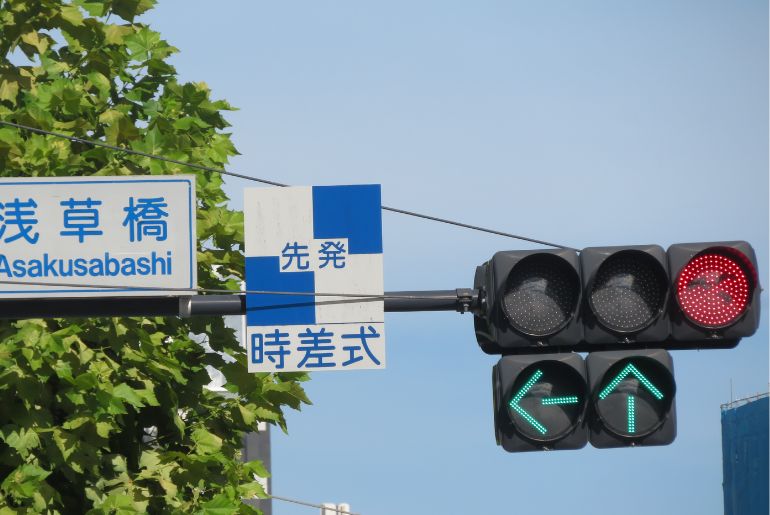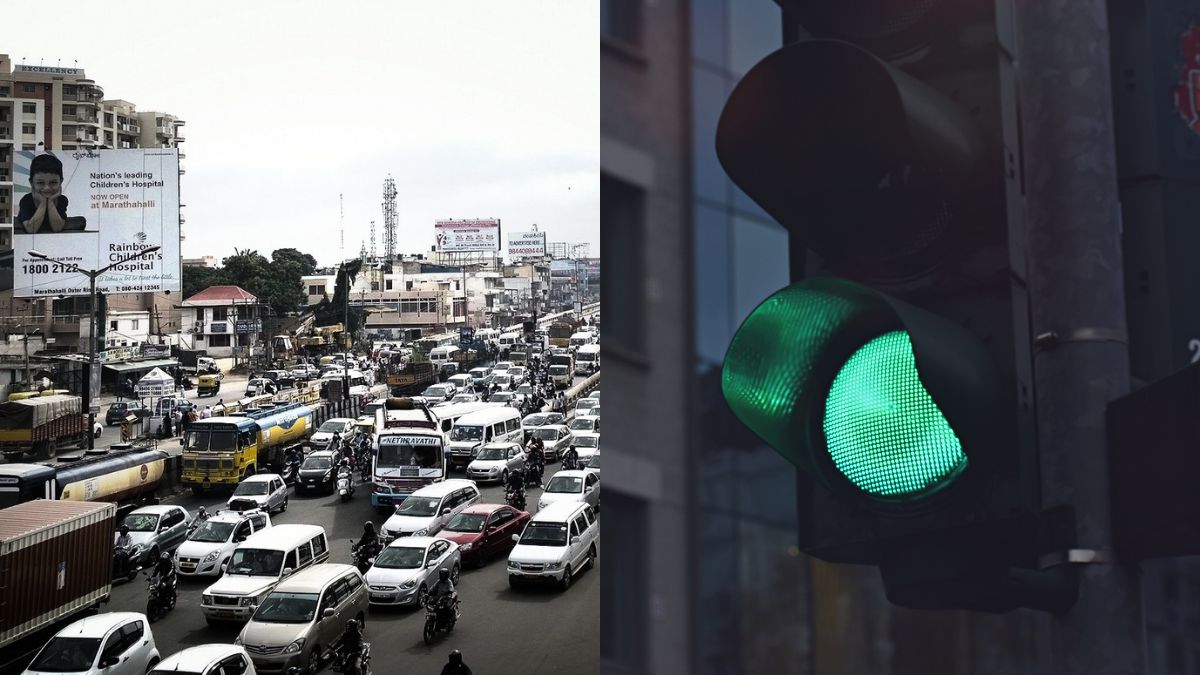Bengaluru roads are no stranger to jam-packed traffic. However, to tackle this, a new traffic signalling system is being introduced on certain routes. Yes, the Japanese MODERATO, which is the Management of Origin-Destination-Related Adaptation for Traffic Optimisation, is being introduced on some routes. Yes, these traffic signals will be introduced on 28 major junctions.
Japanese MODERATO To Be Introduced On Bengaluru Roads

According to a report by Money Control, it was revealed that the Japanese traffic signals technology is going to be placed at 28 major junctions in the city. These will be placed along the MG Road, Hosur Road, and Old Madras Road in Bengaluru, as they have been non-operational for the past few months for several reasons. It should be noted that these junctions have fixed traffic signal timers irrespective of the number of vehicles at the junction. However, the system is going to enable signals to change automatically based on the density of vehicles.
This Is Going To Be Introduced On 28 Routes

This is the 72-crore project, which is being funded by a Japanese international Cooperation Agency and Nagoya Electric Works Company Ltd, a Japanese firm. So, if everything goes according to plan, 28 signals in the city will be functional by March 2024. In fact, the civil works for the installation of signals and associated senses are already over.
Also Read: Odisha’s Gupteswar Forest Is Now A Biodiversity Heritage Site; Here’s Why You Should Visit It
What Is The Japanese Traffic System?

In case you’re still wondering, this traffic technology system aims to reduce delays at the junctions in the projected area by 13% and queueing by 30%. Not to mention, the signal automatically adjusts its timing. This is done through real-time traffic volume data via roadside sensors. In fact, the main components of this adaptive traffic signal control system comprise signals for pedestrians and motorists, a queue length measurement system at critical junctions, and an automatic traffic counter to measure movement. There will also be a separate pedestal system that will help people cross busy junctions!
At this point, it’s worth noting that this project was first announced in 2014, however, the contract was only signed in 2021. While it was due for completion by October 2022, several deadlines had been missed, with March 2024 being the latest one yet.
Cover Image Courtesy: Wikimedia Commons & Canva
For more such snackable content, interesting discoveries and the latest updates on food, travel and experiences in your city, download the Curly Tales App. Download HERE.
First Published: February 13, 2024 1:58 PM




